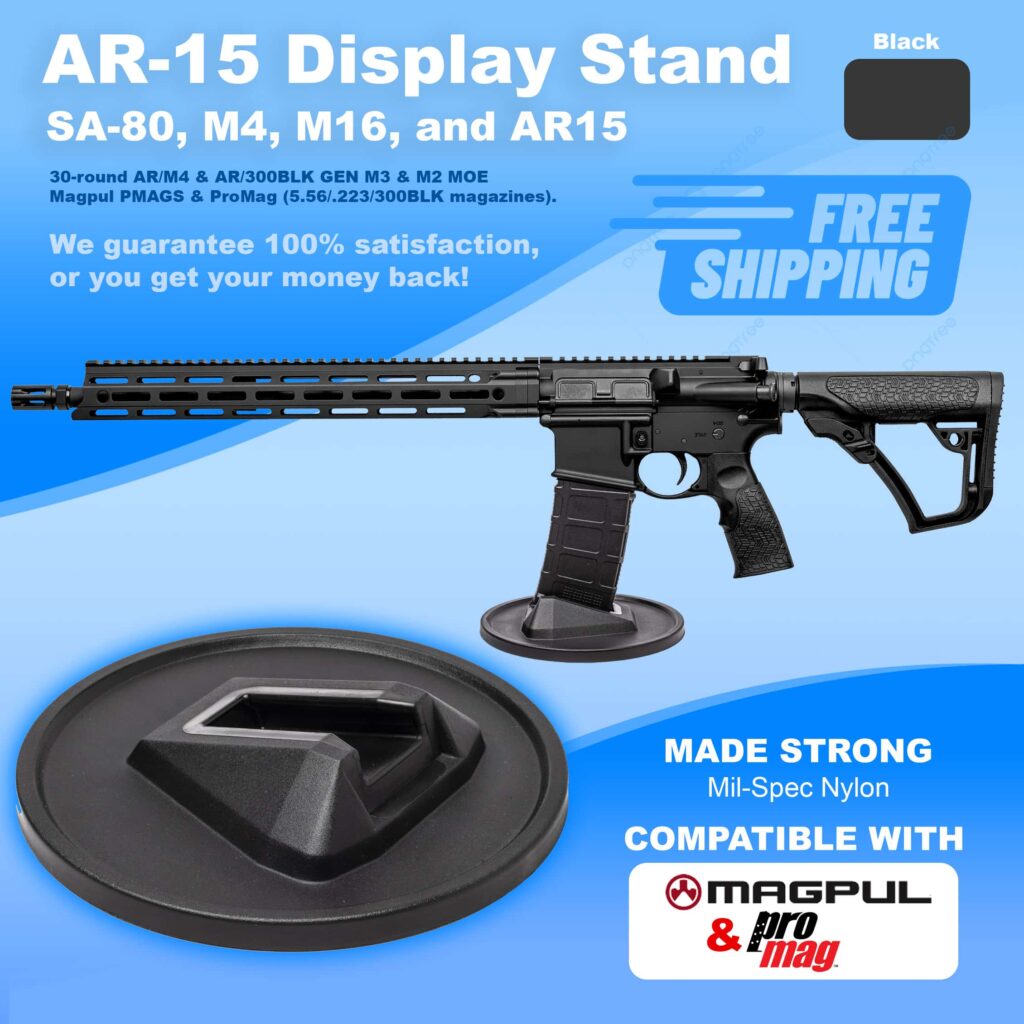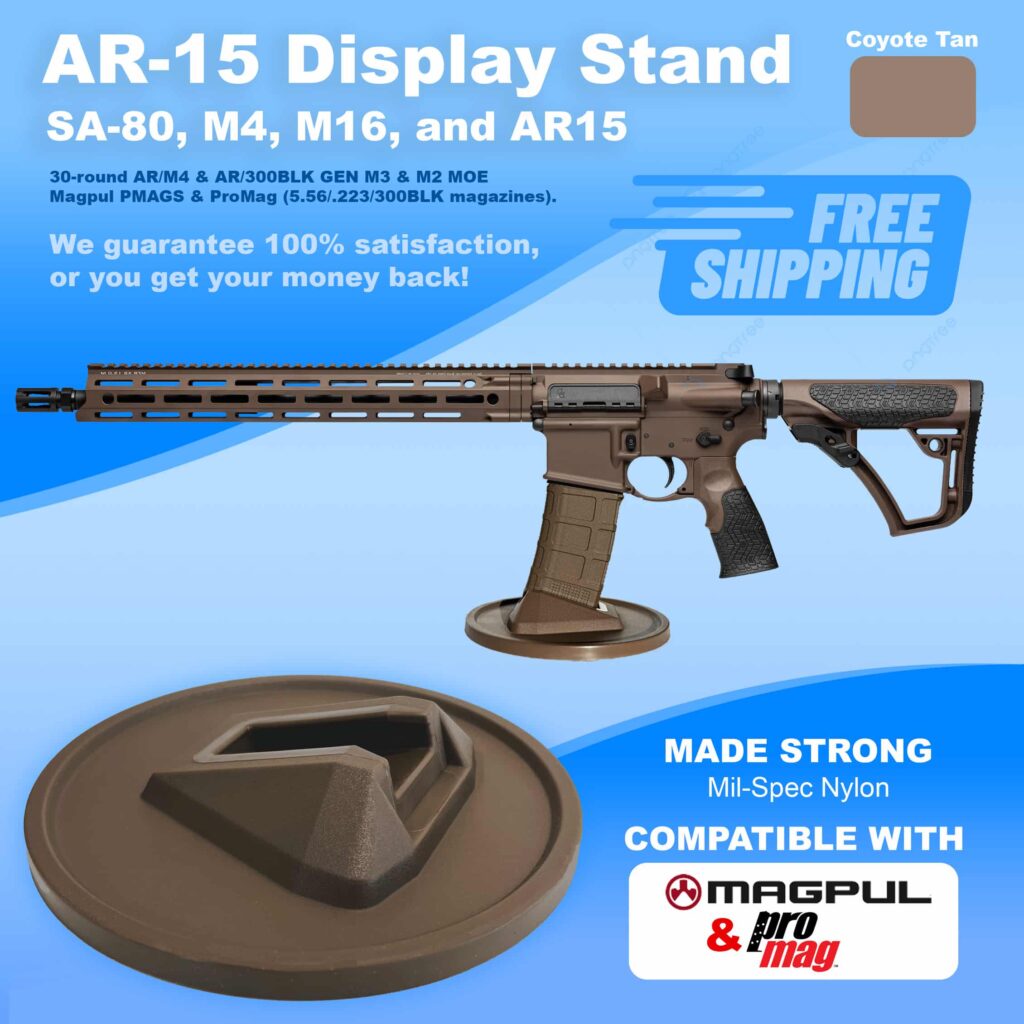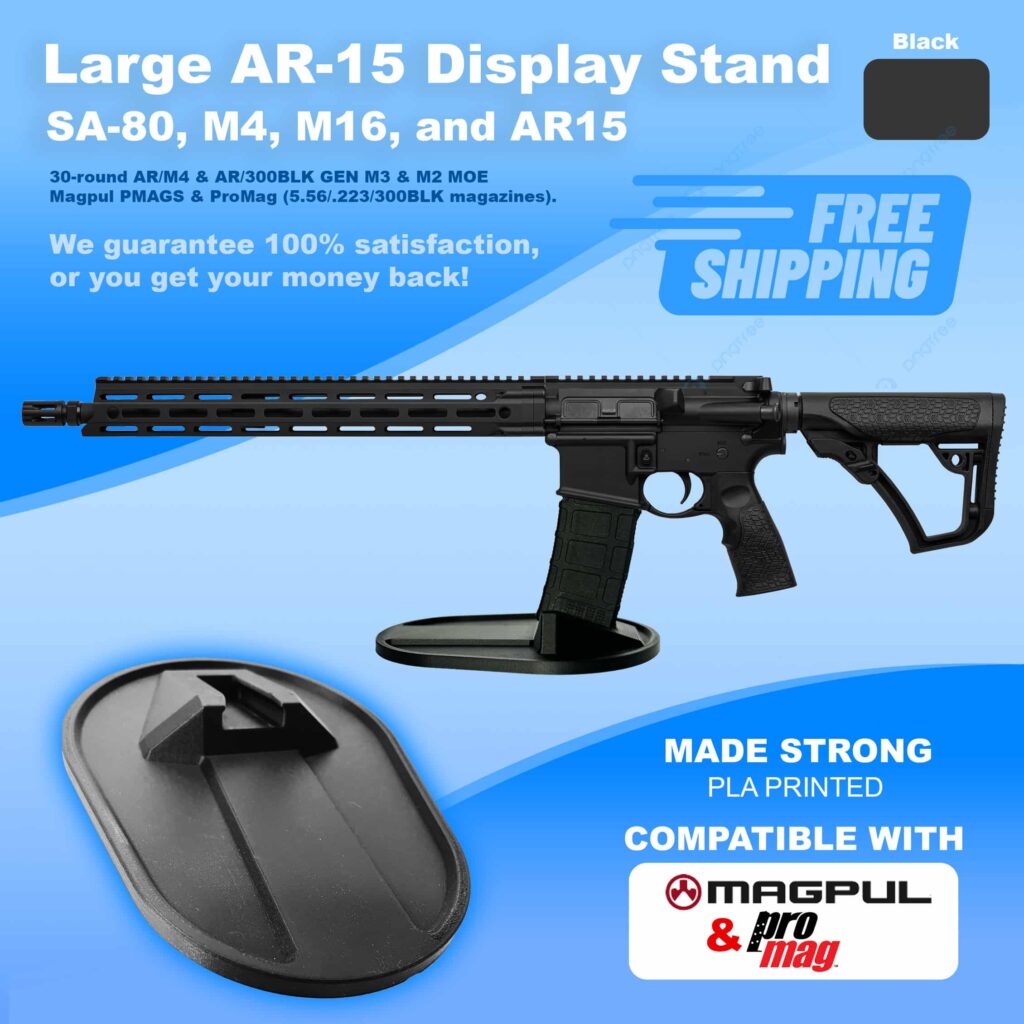Introduction
Gun rights and legislation have long been a pivotal and contentious issue, particularly in the United States, where the debate often centers on the balance between individual freedoms and collective safety. Rooted in the Second Amendment of the U.S. Constitution, the discussion around gun rights has evolved to encompass a wide range of perspectives, from staunch advocacy for unrestricted firearm ownership to calls for stricter controls to address gun violence.
This page explores the historical, legal, and cultural dimensions of gun rights and legislation, delving into the ongoing debates, key legal milestones, and global comparisons. By examining these facets, we aim to provide a nuanced understanding of the complexities surrounding gun rights and the laws that govern them.
Historical Context of Gun Rights
The Second Amendment
The foundation of the gun rights debate in the U.S. lies in the Second Amendment to the Constitution, ratified in 1791. It states:
“A well regulated Militia, being necessary to the security of a free State, the right of the people to keep and bear Arms, shall not be infringed.”
This single sentence has been subject to varying interpretations, with some emphasizing the “well regulated Militia” clause as a collective right and others focusing on the “right of the people” as an individual right.
Early Gun Laws
Contrary to popular belief, early America did not have a laissez-faire approach to firearms. Laws in the 18th and 19th centuries regulated gun ownership and usage, often requiring individuals to register their firearms, store gunpowder safely, or participate in militia training. However, the cultural significance of firearms as tools for survival and self-defense solidified their place in American life.
Key Legal Milestones in Gun Legislation
National Firearms Act of 1934 (NFA)
Enacted during the rise of organized crime, the NFA was the first major federal gun control law. It imposed taxes and regulations on firearms like machine guns, short-barreled rifles, and silencers, aiming to reduce their prevalence.
Gun Control Act of 1968 (GCA)
In response to high-profile assassinations, including those of President John F. Kennedy and Dr. Martin Luther King Jr., the GCA established stricter licensing requirements and prohibited certain groups, such as felons and the mentally ill, from owning firearms.
Firearm Owners’ Protection Act of 1986 (FOPA)
This law eased some restrictions imposed by the GCA, protecting gun owners from federal overreach. However, it also banned civilian ownership of newly manufactured machine guns.
District of Columbia v. Heller (2008)
A landmark Supreme Court case, Heller affirmed an individual’s right to possess firearms unconnected to militia service, emphasizing self-defense as a core principle of the Second Amendment.
McDonald v. City of Chicago (2010)
Building on Heller, this case extended the Second Amendment’s protections to state and local governments through the Fourteenth Amendment, striking down restrictive handgun bans.
The Debate Around Gun Rights and Legislation
Advocates for Gun Rights
Proponents of gun rights argue that the Second Amendment guarantees an individual’s right to own firearms for self-defense, hunting, and recreational use. Key points include:
- Deterrence Against Tyranny: Firearms are seen as a safeguard against government overreach.
- Self-Defense: Guns provide individuals with the means to protect themselves and their families.
- Cultural Heritage: Firearms are deeply embedded in American history and culture.
Organizations like the National Rifle Association (NRA) play a prominent role in advocating for gun rights, often emphasizing education, training, and responsible ownership.
Advocates for Gun Control
On the other side, advocates for stricter gun control argue that unchecked access to firearms contributes to gun violence and mass shootings. Key points include:
- Public Safety: Reducing access to firearms can lower crime rates and prevent accidents.
- Modern Context: The framers of the Constitution could not have envisioned modern firearms with their advanced lethality.
- Global Comparisons: Countries with stricter gun laws often experience lower rates of gun-related violence.
Organizations like Everytown for Gun Safety and the Brady Campaign work to promote legislative reforms aimed at reducing gun violence.
Types of Gun Legislation
Background Checks
Background checks are a cornerstone of modern gun control efforts. They aim to prevent individuals with criminal records or mental health issues from purchasing firearms. The National Instant Criminal Background Check System (NICS) was established in 1998 to facilitate these checks.
Assault Weapons Ban
Assault weapons bans target military-style semi-automatic firearms. The Federal Assault Weapons Ban of 1994, which expired in 2004, remains a focal point in discussions about reducing mass shootings.
Red Flag Laws
These laws allow law enforcement or family members to petition courts to temporarily remove firearms from individuals deemed a threat to themselves or others.
Concealed Carry Laws
Concealed carry laws govern whether and how individuals can carry firearms in public. States vary widely, with some requiring permits and others adopting “constitutional carry,” allowing permitless carry.
Safe Storage Laws
Safe storage laws mandate that firearms be securely stored to prevent unauthorized access, particularly by children.
Global Perspectives on Gun Rights and Legislation
United Kingdom
The UK has some of the strictest gun laws globally. Firearms are heavily regulated, and ownership is limited to specific purposes like hunting or sport. Handguns are almost entirely banned.
Australia
After the 1996 Port Arthur massacre, Australia implemented sweeping gun reforms, including a mandatory buyback program and strict licensing requirements. Gun violence rates dropped significantly as a result.
Canada
Canada balances gun rights with regulation. While firearms are widely owned, licensing and registration are required, and certain weapons are prohibited.
Switzerland
Switzerland’s gun laws reflect its militia-based defense system. Citizens trained in the militia may keep firearms at home, but ownership is regulated, and background checks are mandatory.
Cultural Significance of Gun Rights
Guns in American Identity
Firearms are more than tools; they symbolize freedom, independence, and resilience. From the frontier days to modern times, guns have played a role in shaping the American ethos.
Media Representation
Guns feature prominently in movies, television, and video games, influencing public perceptions and fueling debates about their impact on societal attitudes toward violence.
Hunting and Sports Shooting
For many, guns are essential for recreation, from hunting game to competitive shooting. These activities underscore the role of firearms beyond self-defense and protection.
The Future of Gun Legislation
Technological Innovations
Smart guns, which use fingerprint recognition or other technologies to prevent unauthorized use, could reshape the gun control debate by addressing safety concerns.
Legislative Trends
The future of gun legislation may hinge on balancing rights with responsibilities. Emerging policies could include universal background checks, stricter regulations on high-capacity magazines, and funding for gun violence research.
Grassroots Movements
Grassroots advocacy on both sides continues to shape public opinion and influence policymakers. Community initiatives to promote education and dialogue may offer pathways to common ground.
Conclusion
Gun rights and legislation remain at the heart of one of the most complex and polarizing issues in modern society. While perspectives vary, the conversation often circles back to finding a balance between individual freedoms and collective safety. By understanding the historical, legal, and cultural dimensions of this debate, we can foster informed discussions that respect diverse viewpoints and seek practical solutions for a safer future.
Whether as tools of protection, symbols of liberty, or sources of controversy, firearms occupy a unique place in the cultural and legal fabric of societies worldwide. The ongoing dialogue around gun rights and legislation reflects not only the challenges but also the opportunities for crafting policies that honor heritage while addressing contemporary needs.


















